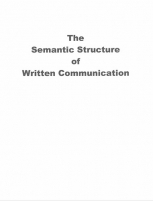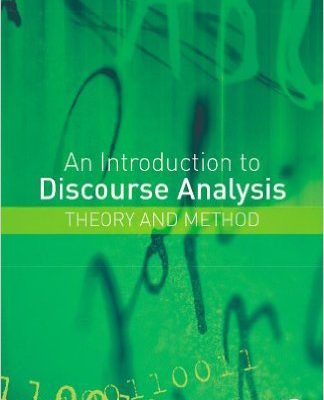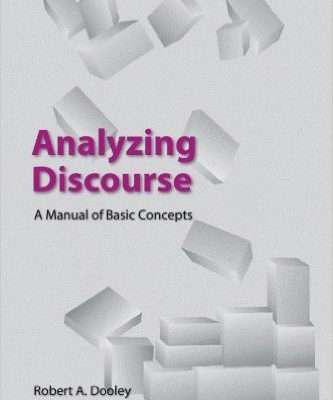Discourse Analysis of Biblical Literature, ed. by Walter Bodine
Walter Bodine opens the work with an essay on a brief history of discourse analysis and why biblical scholars should be interested in it. In conclusion, Bodine says the “purpose of the volume is to encourage biblical scholars to join in welcoming into their circle this now established and rapidly growing field (11).
In chapter 1, Robert Longacre examines Exodus 25:1-30:10 with the intention to “delineate clearly instruction as a discourse type and to present in some detail the structure and discourse-effectiveness of this passage” (23). He examines both the macrostructure of each section, as well as microstructures within each section, explains the discourse features of the Hebrew….





